
Supporting women through the messy middle of their careers
International Women’s Day may well be over, but progressive agency leaders remain focused on supporting women at every stage of their careers.

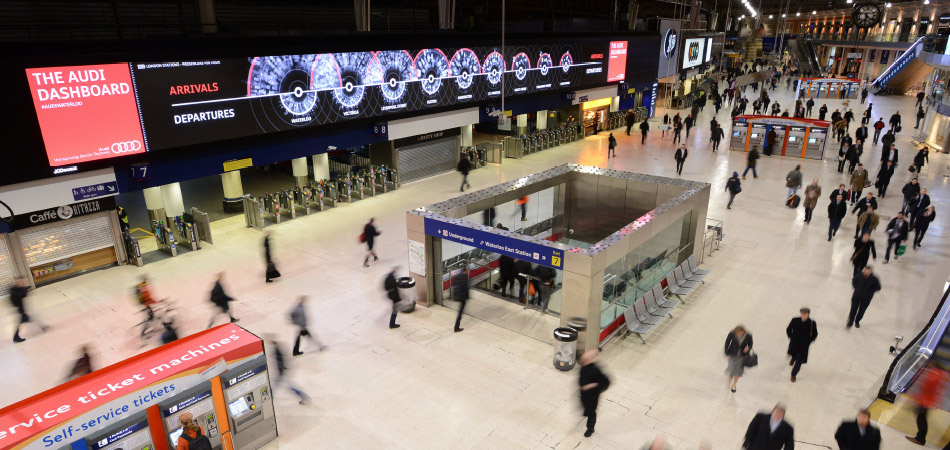
My light bulb just got smarter, it now talks to my TV. My phone is already smart and my car is learning to drive itself. This is the age of smart products and the internet of things, where everything is connected and decisions can be made in real time. The rise of predictive services like Google Now are automatically feeding information like appointments or travel times to us as and when they are needed.
We pay for being part of this connected world with our personal data - my phone can’t help me find where to go if it doesn’t know where I am. A readiness of personal and contextual information combined with innovations in new technology opens up opportunities for smarter communications.
With access to so much data brands need to make sure this is used in meaningful ways. They must learn how to assist their customers, not shout out. “We’re in a transition from ‘marketing to’ to ‘marketing with’ to ‘marketing for,” said Keith Weed CMO of Unilever.
Real-time data can help us ‘market for’ our target audience. Using available contextual and personal information a brand can provide a more bespoke and memorable connection with the customer.
As part of their ‘Cities of the World’ campaign Heineken has launched a Twitter-based tool called @wherenext. The tool acts as a social compass helping urbanites make the most of their night by answering the question ‘where next?’.
Recent Heineken research suggested consumers want to experience new places and embark on urban adventures that will add to their social currency.
The tool uses a unique algorithm to give real-time recommendations of where to go. By listening to Twitter, Instagram and Foursquare it analyses which locations are trending to help users navigate their night and overcome their fear of missing out. Users must tweet ‘@wherenext’ plus their location to receive recommendations.
Agency: R/GA
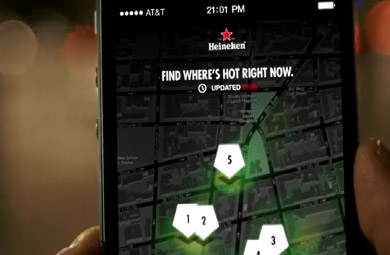
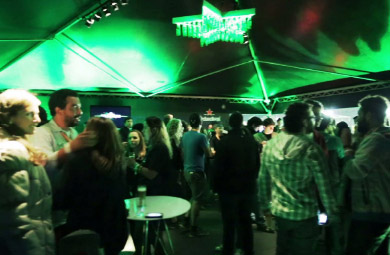
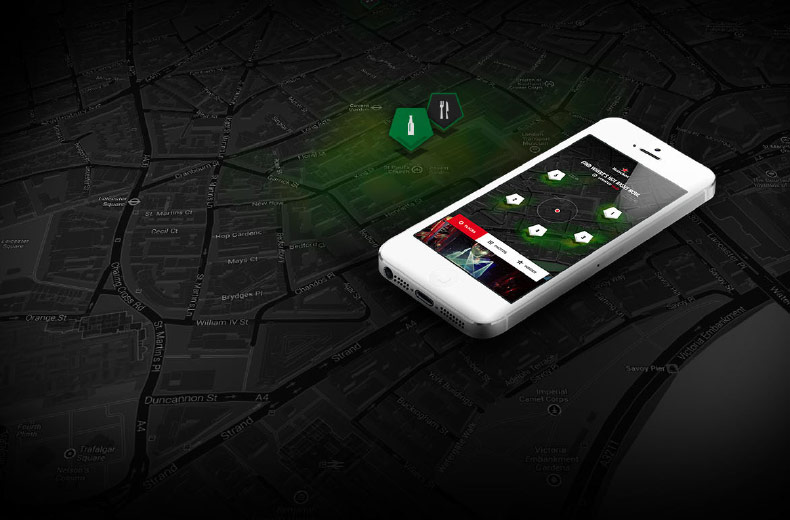
The 40 x 3 metre, 6mm pixel, high-definition screen spanned the length of Waterloo Station featured live statistics and contextual messages about ‘One day in the life of Waterloo’ – a series of quirky station facts which were compared to the Audi range. It also offered useful, real-time information on the trains departing from the station. A live Twitter feed on screen linked to #AudiWaterloo got travellers involved in the conversation.
Agency: BBH
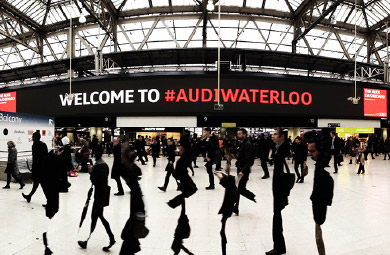
Part of their Magic of Flying campaign BA installed digital billboards that interacted with the planes flying overhead. The billboards used custom-built surveillance technology and flight schedules to detect the planes and change the current digital display to that of a child pointing at the sky. The billboards also displayed the plane’s flight number and route, creating a real-time connection with the viewer and BA.
Agency: Ogilvy One
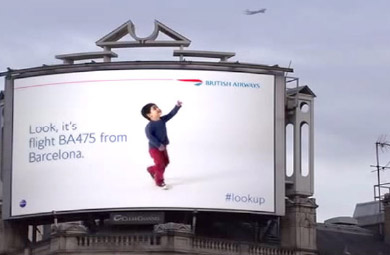
This smart signpost is designed for a variety of locations including concerts and festivals, theme parks, casinos and hotels. It uses digital technology to pull data from social networks giving a real-time account of what’s happening where. An old-school design made relevant for today’s world.
Agency: Breakfast
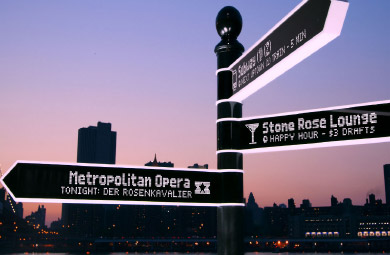
Looks like you need to create a Creativebrief account to perform this action.
Create account Sign inLooks like you need to create a Creativebrief account to perform this action.
Create account Sign in